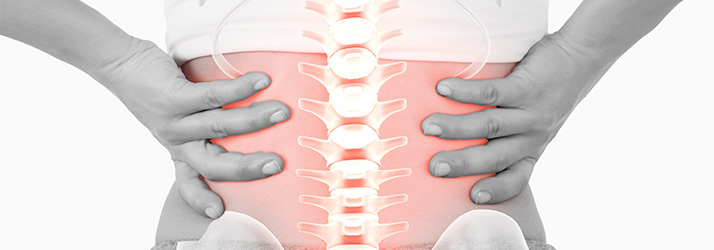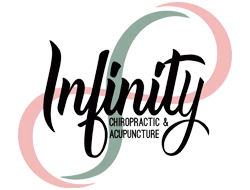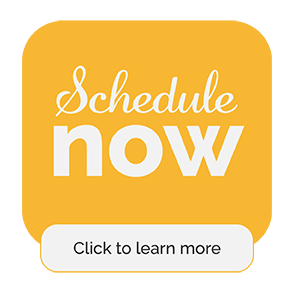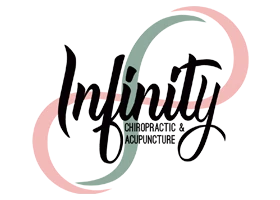New To Chiropractic in Kansas City MO?

We will do our best to insure that our chiropractic office in Kansas City MO is what is needed to help you feel better.
During your initial visit, you will feel out some basic paperwork at the office (or online) and have a no-obligation consultation with Chiropractic Physician, Dr. Nichole M. Findell, D.C., MTAA.
Once there is an understanding of what brought you to the office, you will go through a thorough evaluation. The evaluation can consist of neurologic, orthopedic, and radiographic imaging.
Once completed, you and the doctor will review the treatment plan that is based off the findings of your evaluation.
Frequently Asked Questions About Chiropractic in Kansas City MO
What does a Chiropractor do?
The doctor of chiropractic analyzes your body for restricted movements, tight muscles, and painful areas of your spine and extremities using his/her hands and other analysis tools, and then corrects or removes any spinal nerve stress using various spinal adjustment techniques.
How do we get spinal nerve stress (Subluxations)?
Assuming I am going to take chiropractic treatments, how are they performed?
Can I receive chiropractic treatments if I’m under medical care?
Frequently Asked Questions About Acupuncture
What is Acupuncture?
How do you detect the disturbance in energy flow within a patient?
What are some of the conditions treated by Acupuncture?
How are acupuncture treatments performed?
Is treatment painful & how many treatments will I need?
Out of, say 10 patients accepted for acupuncture health care, how many usually respond favorably?
Monday
9:00am - 12:00pm
3:00pm - 5:00pm
Tuesday
9:00am - 12:00pm
3:00pm - 5:00pm
Wednesday
9:00am - 12:00pm
3:00pm - 5:00pm
Thursday
9:00am - 11:00am
Friday
Closed
Saturday & Sunday
Closed
Infinity Chiropractic and Acupuncture
8002 N Brighton Ave
Kansas City, MO 64119
(816) 436-2208



